Definition
Concrete is a versatile and widely used construction material that has been used in construction for centuries. It is a composite material made by mixing cement, water, aggregates (such as sand, gravel, or crushed stone), and often other additives or admixtures.
It has a wide range of applications, from building structures, roads, bridges, and dams to decorative objects like sculptures and fountains. In this article, we will explore the basics of concrete, its properties, types, and applications.
History of Concrete
The use of concrete can be traced back to ancient civilizations such as the Egyptians and the Greeks. They used a form of concrete made from lime, volcanic ash, and water. The Romans are also known for their extensive use of concrete in building structures such as the Pantheon and the Colosseum. However, the modern concrete we use today is a product of the 19th century.
In 1824, Joseph Aspdin, an English bricklayer, invented Portland cement, a hydraulic binder made from limestone and clay. This invention revolutionized the construction industry, and Portland cement became the standard binder used in modern concrete.
Ingredients of Concrete

The ingredients of concrete can vary depending on the specific application and the desired strength and durability. However, the basic components of concrete are:
a). Cement: It is the binding material that holds the other ingredients together. Portland cement is the most commonly used type of cement in concrete.
b). Water: It is required to hydrate the cement and initiate the chemical reaction that results in the hardening of concrete.
c). Aggregate: It is a mixture of gravel, crushed stone, and sand that provides bulk to the concrete and helps to increase its strength.
d). Admixtures: These are added to the mix in small quantities to improve the workability, durability, and other properties of the concrete. Some common admixtures include air-entraining agents, water reducers, accelerators, and retarders.
The proportions of these ingredients are typically specified by engineers and architects based on the project’s specific requirements. The mixture is then thoroughly mixed to ensure uniform distribution of the ingredients before being poured into forms to create the desired shape and size.
Types of Concrete
There are several types of concrete, each with its unique properties, applications, and characteristics. Here are some of the most common types of concrete:
a). Ordinary Portland Cement Concrete (Normal Strength Concrete): This is the most common type of concrete and is used in most construction projects. t is made from Portland cement, water, and aggregates. It has a compressive strength of 20-40 MPa (megapascals) and is suitable for use in building foundations, walls, and pavements.
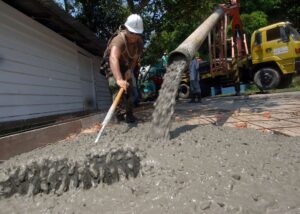
b). High-Strength Concrete: This type of concrete has a compressive strength greater than 40 MPa. This type of concrete has a compressive strength of 40-80 MPa. It is used in structures that require high strength, such as high-rise buildings, bridges, tall buildings, and other structures, etc.
c). Lightweight Concrete: Lightweight Concrete: This type of concrete is made by using lightweight aggregates, such as pumice, scoria, perlite, or expanded shale, instead of traditional aggregates. It is used in the construction of buildings and structures where weight is a concern, such as roofs and walls.
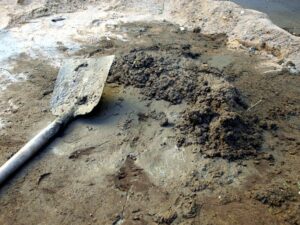
d). Self-Compacting Concrete: Self-Compacting Concrete: This type of concrete is highly workable & flowable and can spread & flow into tight spaces and fill the formwork without any external vibration. It is used in areas with congested reinforcement, complex shapes, or difficult-to-access locations.
e). Decorative Concrete: This type of concrete is used for aesthetic purposes and is designed to enhance the appearance of concrete surfaces. This type of concrete is used to create decorative finishes such as stamped concrete, colored concrete, exposed aggregate concrete or textured to mimic the look of natural stone, brick, or other materials. It is used in landscaping, walkways, and driveways.
f). Fiber-Reinforced Concrete: This type of concrete is reinforced with materials such as steel, glass, or plastic fibers. It is used in construction projects that require greater durability, such as roads, bridges, and tunnels.
g). Precast Concrete: This type of concrete is manufactured in a factory and transported to the construction site, where it is erected or assembled. It is used in the construction of buildings, bridges, and other structures that require pre-made components.
Different Grades of Concrete
The grade of concrete refers to its compressive strength which is measured in Megapascals (MPa). Here are some common grades of concrete used in construction and their corresponding compressive strengths:
| Grade of Concrete | Compressive Strength (MPa) |
| M5 | 5 MPa |
| M7.5 | 7.5 MPa |
| M10 | 10 MPa |
| M15 | 15 MPa |
| M20 | 20 MPa |
| M25 | 25 MPa |
| M30 | 30 MPa |
| M35 | 35 MPa |
| M40 | 40 MPa |
| M45 | 45 MPa |
| M50 | 50 MPa |
| M55 | 55 MPa |
| M60 | 60 MPa |
| M65 | 65 MPa |
| M70 | 70 MPa |
It is important to note that the mix proportions of the concrete can vary depending on the specific application and requirements and that the strength of the concrete can also be affected by factors such as curing conditions, water-cement ratio, and aggregate type and size.
Properties of Concrete
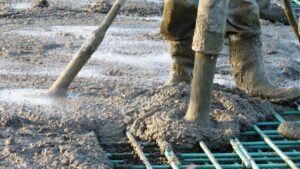
i). Concrete is a strong and durable material that has a high compressive strength.
ii). It is resistant to fire, water, and weather, making it ideal for construction in harsh environments.
iii). Concrete also has excellent thermal mass, which means it can absorb and release heat slowly, making it energy-efficient.
iv). The strength of concrete depends on the water-to-cement ratio, the type of aggregates used, and the curing conditions. The water-to-cement ratio affects the workability and strength of concrete. Too much water in the mix can weaken the concrete, while too little water can make it difficult to work with.
v). The type of aggregates used can also affect the strength of concrete. Aggregates with a high strength and low porosity, such as granite, are preferred for making high-strength concrete.
How to Prepare Concrete
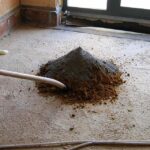
Here are the general steps to prepare concrete:
i). Determine the necessary concrete mix design, which depends on the intended use and requirements of the concrete. This will specify the amount of cement, water, and aggregates needed for the mix.
ii). Gather the necessary materials, including cement, aggregates, water, and any additives or admixtures specified in the mix design.
iii). Measure out the quantities of each material needed according to the mix design, ensuring accurate proportions.
iv). Mix the dry ingredients together thoroughly using a concrete mixer or by hand until they are well blended.
v). Gradually add water to the mixture, ensuring that the water is evenly distributed throughout the mix. The amount of water used will depend on the mix design and the desired consistency of the concrete.
vi). Continue mixing the concrete until it has a uniform consistency and all the ingredients are thoroughly combined.
vii). Once the concrete is mixed, it should be transported to the construction site promptly and poured into the forms or molds where it will be used.
viii). After pouring, the concrete should be allowed to cure and harden, which can take several days or even weeks depending on the specific mix and conditions.
It’s important to follow proper safety procedures when preparing concrete, including wearing protective clothing and eyewear, avoiding inhalation of cement dust, and taking care to avoid contact with skin and eyes.
Steps Involved In Concrete Construction

There are several steps involved in concrete construction, including:
Design and Planning
The first step in any construction project is to create a plan and design for the structure. The design should take into account the intended use of the structure, the site conditions, and any local building codes.
i). Site Preparation
The site must be cleared and leveled, and any necessary excavation or grading must be done. The area should also be properly drained to avoid water accumulation.
ii). Formwork
Once the site is prepared, formwork is installed to create the desired shape and size of the structure. Formwork can be made of wood, steel, or other materials.
iii). Reinforcement
Steel reinforcing bars, also known as rebar, are placed within the formwork to provide strength to the concrete structure. The rebar is tied together to form a grid, and any necessary support structures are installed.
iv). Concrete Placement
The concrete is mixed off-site and then transported to the construction site in trucks. The concrete is then poured into the formwork and smoothed out to create a level surface.
v). Curing
Once the concrete is in place, it needs time to harden and cure. This process can take several days or even weeks depending on the size and complexity of the structure.
vi). Finishing
After the concrete has cured, any necessary finishing work is completed. This can include smoothing out the surface, adding texture, or applying a sealant.
vii). Maintenance
Finally, ongoing maintenance is required to ensure the longevity and safety of the concrete structure. This can include regular inspections, repairs as needed, and protecting the concrete from damage due to weather, chemicals, or other factors.
Applications of Concrete
Concrete has a wide range of applications in construction. Some of the common applications include:
i). Building Structures
Concrete is used to build structures such as buildings, bridges, and dams. It is preferred for its strength and durability.
ii). Roads and Pavements
Concrete is used to build roads, sidewalks, and other pavement surfaces. It is preferred for its durability and low maintenance.
iii). Retaining Walls
Concrete is used to build retaining walls that can hold back soil and water. It is preferred for its strength and durability.
iv). Water Storage
Concrete is used to build water storage tanks, reservoirs, and dams. It is preferred for its ability to withstand water pressure and weathering.
Roles of Concrete In Building Structures
Concrete is an essential material used in the construction industry due to its unique properties, including strength, durability, and versatility. Its role in building structures is critical, and it is used in various construction applications, including foundations, columns, beams, walls, and floors.
Some of the roles of concrete in building structures are:
i). Strength and durability
Concrete is an incredibly strong and durable material, making it ideal for supporting the weight of buildings and withstanding environmental stresses such as wind, rain, and earthquakes.
ii). Formability
Concrete is a highly versatile material that can be molded into any shape or form required for building structures. This means that concrete can be used to create complex architectural designs.
iii). Fire resistance
Concrete is highly resistant to fire, making it an excellent material for building structures. It can withstand high temperatures for an extended period, which makes it ideal for fire-resistant construction.
iv). Thermal mass
Concrete has a high thermal mass, which means it can absorb and store heat. This property makes it an excellent material for regulating temperatures inside buildings.
v). Sustainability
Concrete is a sustainable material as it can be recycled, and it is made from readily available materials, such as cement, water, and aggregates.
Advantages Of Concrete
Concrete has numerous advantages that make it a popular choice for construction projects. Here are some of the key advantages of concrete:
i). Strength
Concrete is one of the strongest building materials available, making it ideal for structures that need to withstand heavy loads and harsh weather conditions.
ii). Durability
Concrete is highly durable and can last for decades without needing significant maintenance. It is resistant to fire, water, and other environmental factors, making it a great choice for a wide range of applications.
iii). Versatility
Concrete can be molded into almost any shape or size, making it a versatile building material that can be used for everything from bridges and buildings to roads and sidewalks.
iv). Cost-Effectiveness
Concrete is relatively inexpensive compared to other building materials such as steel or wood, which makes it an attractive option for many construction projects.
v). Sustainability
Concrete is an environmentally friendly material that is made from natural resources such as water, cement, and aggregates. It can also be recycled, making it a sustainable option for construction projects.
vi). Fire resistance
Concrete is highly resistant to fire, making it an excellent choice for buildings that need to meet strict fire safety regulations.
vii). Low maintenance
Concrete requires very little maintenance, which makes it a cost-effective option for long-term projects. It does not need to be painted or sealed, and it is not susceptible to rot or insect damage.
Overall, concrete’s strength, durability, versatility, cost-effectiveness, sustainability, fire resistance, and low maintenance requirements make it an excellent choice for a wide range of construction projects & an ideal material for building structures.
Bar Bending Schedule (BBS) Basics Part -1
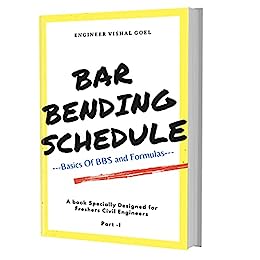 This Ebook is specially designed for Freshers Civil Engineers. Recommended for Quantity Surveyors & Billing Engineers. Here You Can Learn All Basic Concepts & Formulas for Bar Bending schedules (BBS).
This Ebook is specially designed for Freshers Civil Engineers. Recommended for Quantity Surveyors & Billing Engineers. Here You Can Learn All Basic Concepts & Formulas for Bar Bending schedules (BBS).
If I have missed any information or you have any doubts related to Concrete then you can mention it in the comments section and for more such blog posts just click subscribe to myengineeringsupport.com so that you won’t miss the new post.
Thanks For the Great Attention!
Good Bye & Take Care
Happy Learning
Also, Read,
50 Construction Thumb Rules used by Civil Engineers
1000Sqft house construction cost in 2022
OPC vs PPC | OPC and PPC Cement – 15 Important Differences
concealed wiring and open wiring
Related Video,

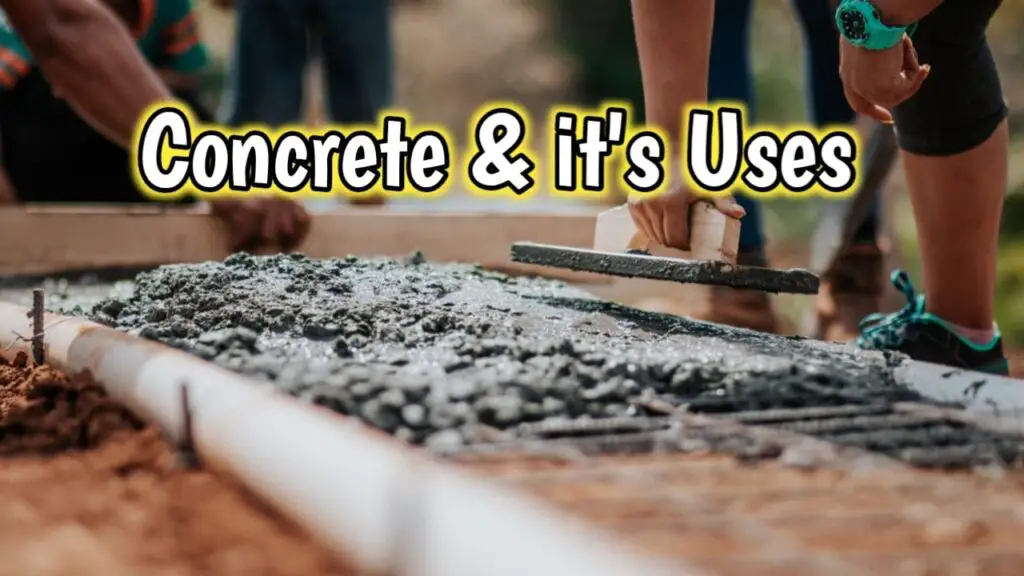
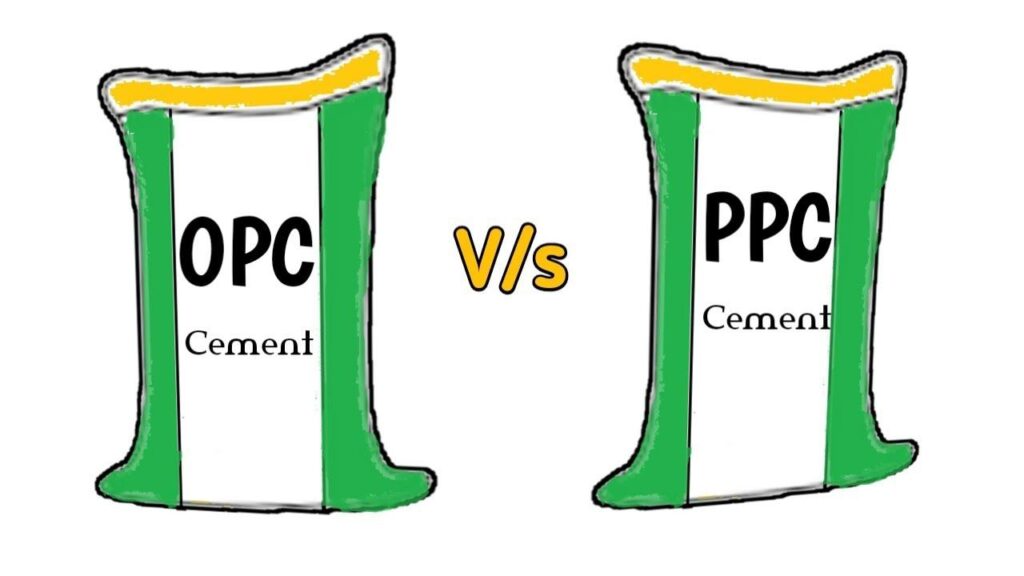
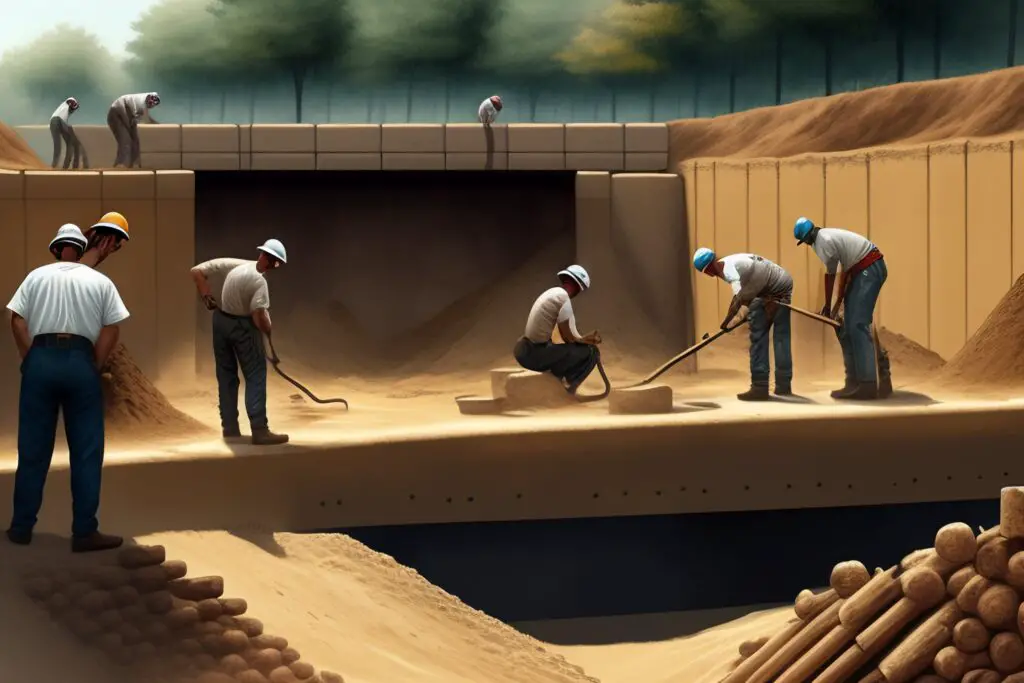
It’s cute that my dad has finally decided to start the patio renovation he has been talking about for a very long time. However, he understood that to get started, we need to find a dependable source of ready-mix concrete, so he’s trying to locate one close by so we can easily obtain everything we need. I will first explain to him that concrete was utilized by ancient civilizations including the Greeks and Egyptians, who reportedly employed a type of concrete consisting of lime, volcanic ash, and water.